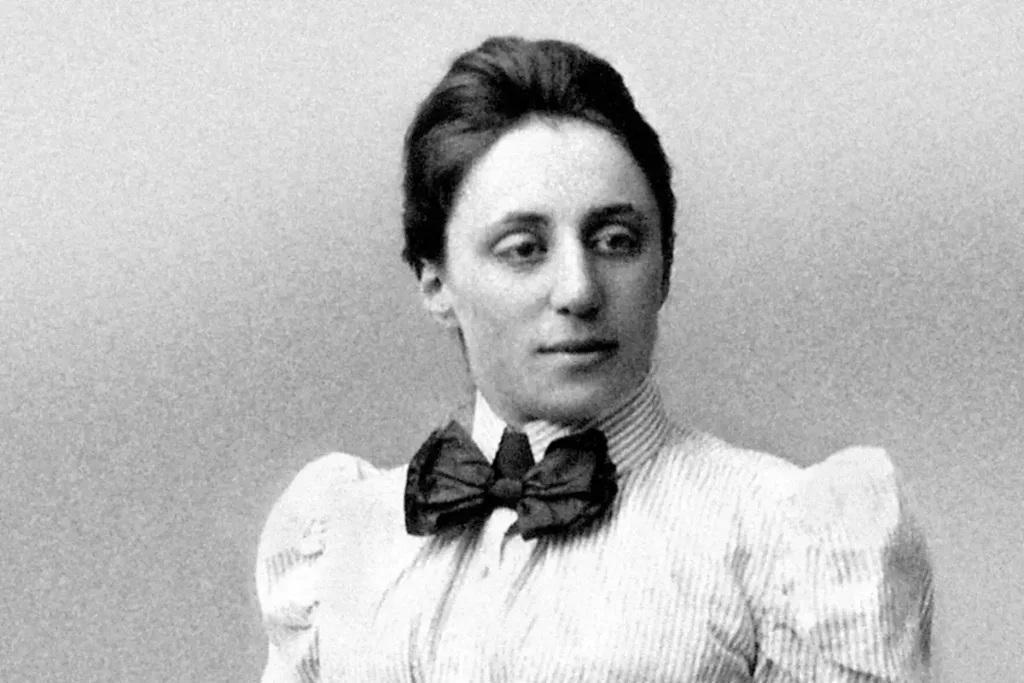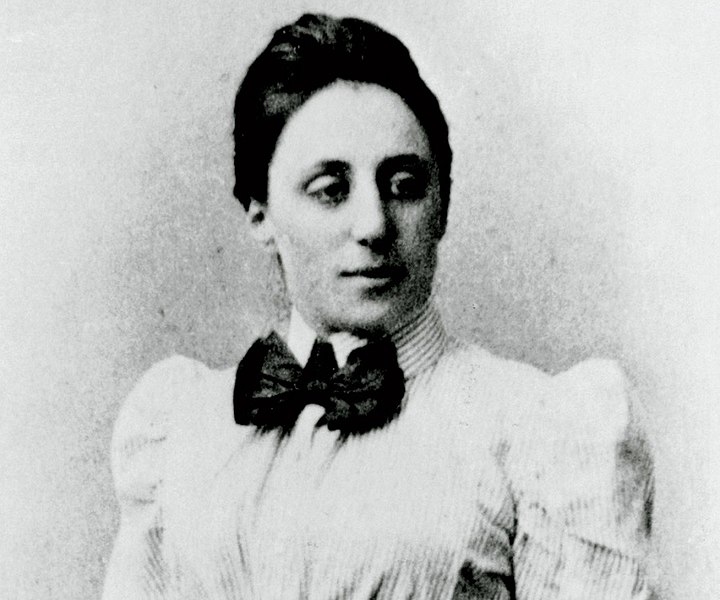
Imagine a juggler tossing balls into the air. The art of juggling is a dance between motion and pause, where the ball’s speed slows as it ascends, and then quickens on the way down. This dance reveals one of the core tenets of physics: conservation laws.
Simply put, these laws tell us that certain features of our world, like energy, don’t just vanish; they transform from one form to another. In our juggling example, the energy of motion (kinetic energy) morphs into the energy of position (potential energy) and back again.
Conservation laws aren’t just limited to juggling, or even Earth for that matter. They’re universal principles, true across various fields of physics. Yet, they aren’t always straightforward.
This is where Emmy Noether, a groundbreaking German mathematician, comes into the picture. She found a breathtakingly simple connection between the world’s symmetries and these very conservation laws.
Her brilliance cannot be understated, especially since she had to overcome many challenges that came with doing science in the early 20th century when the field was overwhelmingly dominated by men and shrouded in prejudice.
Who Was Emmy Noether?

Amalie Emmy Noether was a German mathematician whose work focused especially on algebra. Her work was also extremely influential in a branch called “mathematical physics” — which deals with (you’ve guessed it) mathematical formulas that describe our physical world.
Her greatest contribution of Noether’s theorem, a revolutionary idea that linked symmetries—like the way a snowflake looks the same when rotated—with the conservation laws that govern energy and momentum.
In a nutshell, Noether showed that time translation symmetry gives conservation of energy; space translation symmetry gives conservation of momentum; rotation symmetry gives conservation of angular momentum, and so on.
Let’s explore these seemingly complex concepts in more relatable terms.
Time symmetry

Picture throwing a ball straight up into the air today, and then doing it again tomorrow. If the conditions remain the same—same ball, same throw, same air—the ball’s behavior doesn’t change. Time doesn’t affect the fundamental law of energy conservation here, so we say the system has “time symmetry.”
Ice skating and the conservation of angular momentum

Let’s take another example, this time involving an ice skater. If a skater spins with their arms tucked in, they spin faster. Extend the arms, and the speed drops. This is a living example of “angular momentum conservation.” Here, the symmetry is in space itself: the laws of physics don’t change if you rotate the skater or even the entire scene.
General relativity and space translation symmetry
Noether’s insights even played a role in the big leagues of physics, particularly Einstein’s theory of General Relativity—a theory that describes how matter bends the fabric of space and time itself. At one point, Noether and Einstein were part of intense debates about the conservation of energy within this complex theory. Eventually, Noether’s theorem offered a profound answer: General Relativity does not have an ordinary conservation law, but rather one that’s more nuanced and rooted in the fabric of space-time.
Two theorems that revolutionized physics
In 1918, Emmy Noether published her seminal article connecting symmetries and conservation laws.
The German mathematician’s career was already showing signs of brilliance. Her interest in mathematics was inherited from her father who was a mathematics professor at the University of Erlangen in Germany. Later on, Noether would go on to become a student and also a professor at Erlangen — but without a salary.
Little had she known during her early career that her most famous contribution, the Noether Theorem, would unify ideas that developed slowly century by century by René Descartes, Gottfried Leibniz, Isaac Newton, and Joseph-Louis Lagrange.
Noether published a key mathematical paper discussing transformation groups, but without discussing a direct relation to physics. Her work was divided into two theorems, the first of which gave a global relationship between continuous symmetries and conservation laws, and the second applied to systems with local symmetries.
So what is the symmetry in this case? If momentum is conserved, then space has to be isotropic. That means if there is no extra torque (angular force), the angular momentum does not change. In simple words, isotropy means things are the same even if you rotate them. For example, a perfect sphere is invariant under rotation — no matter which way you turn it, it looks the same.
This, believe it or not, relates to one of the most important theories in physics: general relativity.
Matter bends space-time
General relativity (GR) is the theory that describes gravity with a lot of precision. During its development, Emmy Noether offered important contributions to interpreting the theory.
Between 1915 and 1918, she got involved in debates with David Hilbert, Felix Klein, and Einstein himself about conservation equations in GR. Einstein had arrived at an expression that was quite similar to the energy conservation we are more familiar with. However, one component of the equation was invariant under a specific transformation called affine transformation.
Affine transformations preserve parallel structures like a symmetric leaf. This is not expected from a general equation which is supposed to incorporate the big picture of energy conservation.

In 1918, Klein pointed out the difference between Einstein’s field equations and the usual conservation of energy. Einstein didn’t agree, he believed the conservation was analogous to classical mechanics — at least in part of his equations.
Eventually, Noether’s second theorem offered a profound answer: General Relativity does not have an ordinary conservation law, but rather one that’s more nuanced and rooted in the fabric of space-time.
Supersymmetry
Symmetry isn’t just a beautiful idea; it has practical implications. For example, a theory called “Supersymmetry” proposes a simpler universe by matching particles of matter (fermions) with force-carrying particles (bosons). If proven true, Supersymmetry could even explain dark matter, one of the universe’s biggest mysteries.
Recognition
Noether struggled in a sexist society like most other female science figures. During her career, she couldn’t officially be allowed to be a student. Although she gave lectures, she was never recognized as an official professor. Even when she lectured, she did so without pay.

As one of the most brilliant scientists, her talent was fundamental in convincing her peers to be respected. But even that wasn’t enough. Unfortunately, she needed the support — or maybe we should call it approval –of important mathematicians to be taken seriously by universities.
Support from influential mathematicians, like David Hilbert, gradually helped her gain recognition. Hilbert famously argued for her acceptance in academic circles, stating, “After all, we are a university, not a bathhouse.”
Noether’s theorem has been called “one of the most important mathematical theorems ever proved in guiding the development of modern physics”. Her contributions to mathematics were immense, especially relative to her short career.
She discovered one of the most elegant, and quite possibly the most profound ideas in modern physics, often facing great adversity from male-dominated fields. Noether is the kind of person that is absolutely worth cherishing if you’re interested in science.


